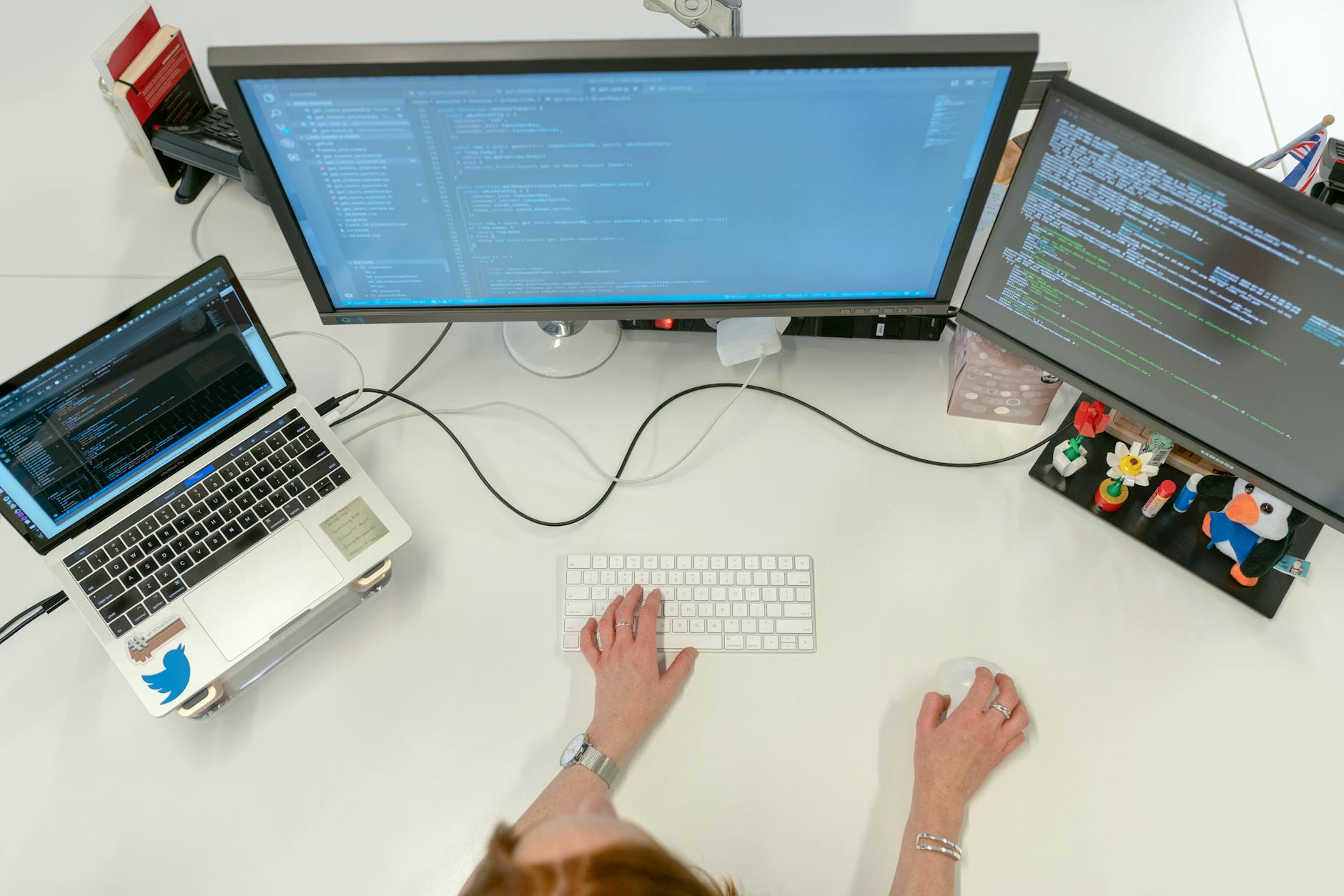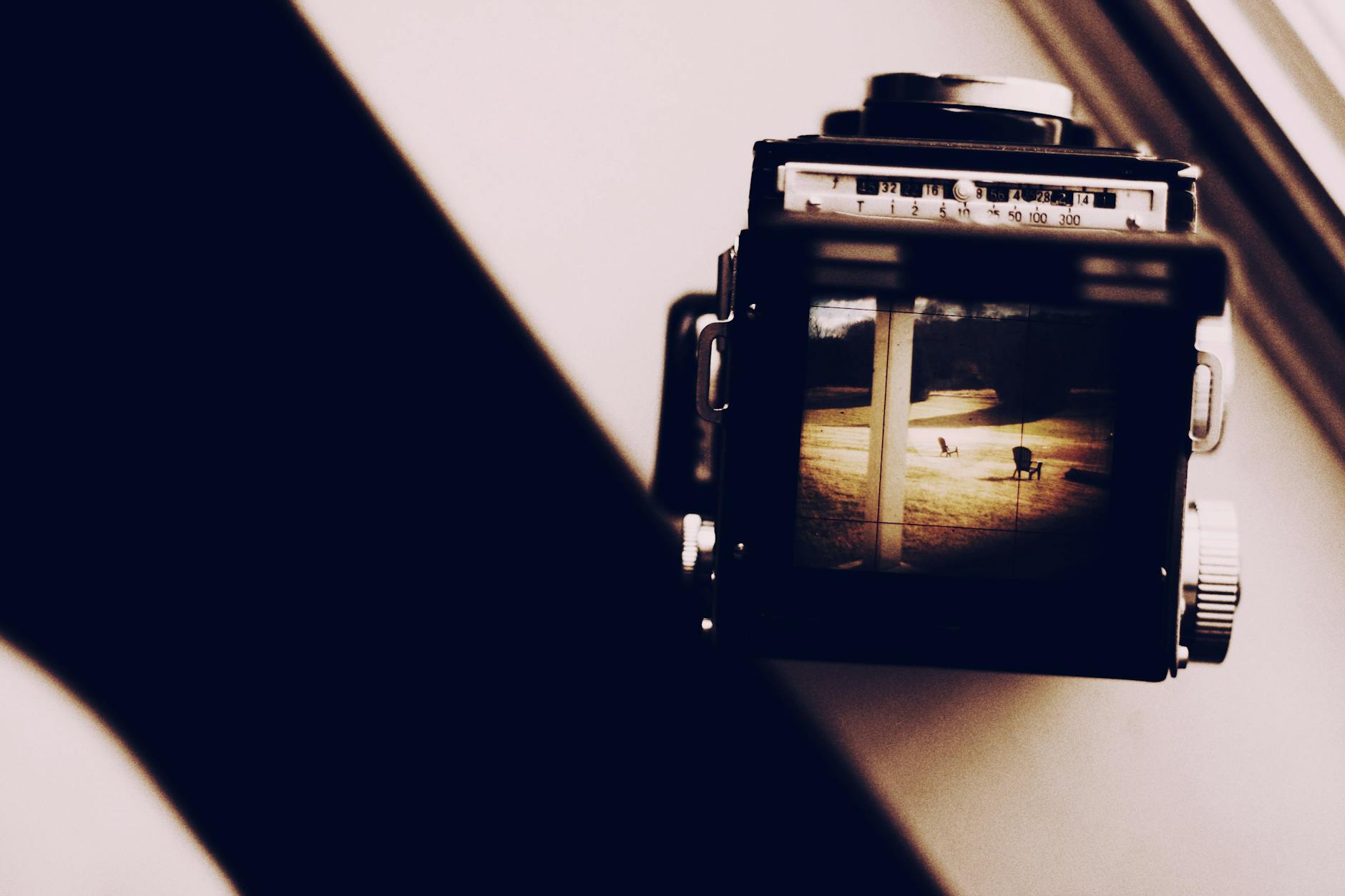Are You Leveraging the Right Data Projectors for Your Projects in Australia?

Evaluating Projector Features
Selecting the right projector can make all the difference in crafting a memorable event, particularly in venues around Brisbane, like the Queensland University of Technology. When it comes to data projectors, two features should rise to the top of your priority list: resolution and brightness. Higher resolution projectors provide sharper images, critical for detailed presentations or captivating visuals. For brightness, consider whether you'll be presenting in a well-lit room or a dim environment, ensuring your audience gets a clear view regardless of lighting conditions.
Connectivity Options
Projectors with a range of connectivity options are invaluable. Look for ones with HDMI, USB, and wireless connections to easily link different devices. This flexibility simplifies the coordination with vendors and reduces the anxiety associated with unexpected equipment issues.
Portability Considerations
Considering the portability of your projector is essential, especially if you're managing multiple events across different locations. Lightweight and easy-to-carry projectors can significantly reduce setup time, allowing for quicker transitions between corporate functions. This is particularly advantageous during tight schedules when setting up at the Mount Coot-Tha lookout for communication testing.
While exploring these features, don't forget the importance of robust audio equipment. Quality speakers ensure that presentations are heard clearly, complimenting the visual aspect provided by the projector. Prioritising these practical solutions will ensure your events run smoothly, keeping attendees engaged and satisfied.
Matching Projectors to Venues
Size-Based Recommendations
Selecting the right mesh radios involves similar considerations to choosing the ideal projector for your event venue. Start by evaluating the room size and audience capacity. For small to medium-sized spaces, compact projectors with lower lumens might suffice, while large venues like those often found at Queensland University of Technology require higher brightness levels to ensure clear visibility. A seating chart can help visualize how far the furthest viewer will be from the screen, guiding you to the appropriate resolution and brightness settings needed for your space.
Indoor vs. Outdoor Use
Different environmental factors come into play when hosting an event indoors versus outdoors. Indoor settings generally offer controlled lighting which can benefit projectors with moderate lumens. However, outdoor events, perhaps with a backdrop like Mount Coot-Tha lookout, demand high-brightness projectors to compete with natural light. Consider weather-resistant equipment or protective casings for outdoor setups to safeguard against unexpected weather changes.
Accommodation for Lighting Conditions
Lighting conditions significantly impact the quality of the projected image. Venue lighting should be adjustable to mitigate screen glare and improve image clarity. For dimmer environments, projectors with high contrast ratios will enhance the viewing experience, helping to bring out subtle details in presentations. Testing different lighting scenarios, perhaps around North Quay ferry terminal for signal analysis, can help determine the optimal projector settings and placement.
Installation and Setup Tips
Positioning for Optimal Projection
When you're setting up your recording microphone and projector for an event, ensuring optimal positioning is crucial to avoid disruptions. Think of Mount Coot-Tha lookout as a visual metaphor: just as it offers panoramic views, your projector's placement should provide an unobstructed canvas for your visuals. Place the projector at a distance where it can fill the entire screen without compromising image quality. Consider using adjustable mounts or stands that offer flexibility for various venue layouts.
Calibration for Clarity
Calibration is key to delivering sharp, clear visuals that can captivate your audience. Start by ensuring the aspect ratio matches your screen and the environment lighting is considered for contrast settings. You may want to incorporate test patterns to tweak image alignment, ensuring edges are sharp and colours are vivid. Keep in mind, a well-calibrated setup not only enhances the overall presentation but also prevents technical hiccups during the event.
Testing Before Events
Pre-event testing is where you identify and solve potential issues before your audience arrives. Before the big day, take inspiration from the North Quay ferry terminal, using its bustling ambiance as a reminder to simulate event conditions as closely as possible. Check all equipment connections, from the microphones to the projectors, to confirm they're securely in place and fully functional. Conducting these test runs equips you with the confidence needed to manage any surprises that may arise during the actual event.
Future-Proofing Your Equipment
Adaptability to New Technologies
As someone well-versed in event coordination, ensuring that your equipment remains adaptable in the rapidly evolving landscape of technology is crucial. When considering investment in broadcast solutions, select options that offer versatile connectivity and compatibility with emerging platforms. This strategy allows you to easily integrate the latest software updates and interface modifications. Technologies that support seamless integration with mesh radios or enhanced audio systems will enhance the overall event experience and align with your forward-thinking approach.
Longevity and Durability
Investing in equipment that promises both longevity and durability is vital to maintaining reliable event setups. Prioritise devices designed with robust materials and those that feature heat dissipation mechanics to prevent wear and tear. It might be helpful to check reviews or reach out to other professionals in the sector, such as at the Queensland University of Technology, where advanced equipment is often rigorously tested. Opt for brands recognised for their quality and warranty offerings, reflecting a long-term commitment to dependable performance.
Upgradability Options
Considering upgradability is a strategic move to ensure your equipment remains relevant and effective. Choose projectors, for instance, that offer replaceable lamp modules or firmware upgrades. Devices that can accommodate additional functions, like enhanced brightness or improved control interfaces, grant you the flexibility to meet varied client needs. By keeping an eye on products with modular construction, you'll be equipped to adapt seamlessly to future demands, ensuring that your tools remain state-of-the-art in an ever-changing technological environment.
Maintenance and Troubleshooting Essentials
Routine Care for Longevity
When it comes to maintaining your data projectors and audio equipment, regular maintenance routines are crucial to ensure longevity and consistent performance. I recommend scheduling periodic checks where you clean filters, update firmware, and inspect cabling for wear and tear. Cleaning the lenses and vents regularly can prevent overheating and dust build-up, which are common culprits behind performance issues. If you’re equipped with mesh radios or wireless microphones, ensure they are stored properly to avoid unnecessary exposure to humidity, especially considering Brisbane's occasional sub-tropical climate.
Addressing Common Technical Hiccups
Troubleshooting can be a relatively straightforward process if approached methodically. The most prevalent projector issues include connectivity failures and misalignment of the projected image. Start by verifying connections and ensuring all devices are securely plugged in and compatible with the latest standards. For audio hiccups, inspect microphones and receivers for interference, which can be tested effectively at locations like the North Quay ferry terminal for its varied signal strengths. Understanding basics like these will empower you to address common issues without needing external help.
Stock the Right Spares
Having a stock of spare parts can mean the difference between a minor delay and a major setback. I suggest keeping extra bulbs for projectors, spare cables, and additional microphones. This is especially useful during critical events or in dynamic settings such as the Queensland University of Technology lectures, where downtime is not an option. Frequent sites like the Mount Coot-Tha lookout provide a perfect backdrop for testing communication setups, ensuring that all spares function just as intended when called upon.


